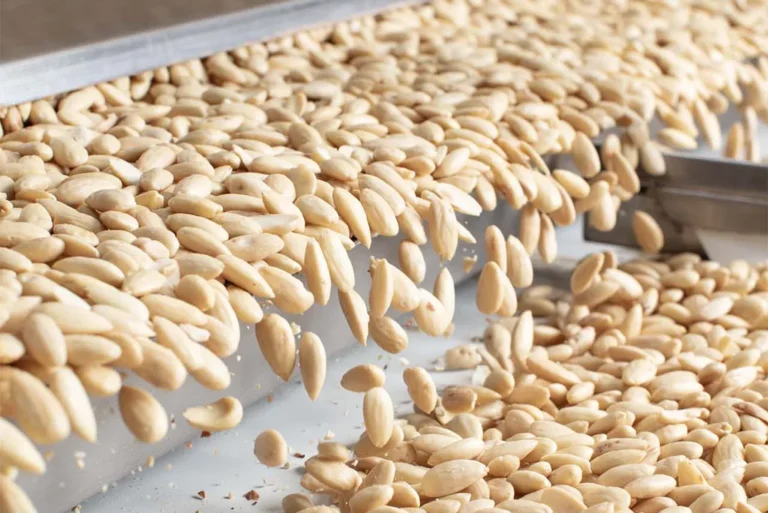Empty cart
Oh no! It appears your cart is empty. Add some almonds to your daily regime with the Treehouse products.
All Blog PostsAlmond Market UpdatesNews
Almond flour has always been an ingredient for classic desserts like the French macaron, but today health-conscious consumers turn to this flour for much more than desserts. Cooking and baking with almond flour can boost the nutrition of favorite foods and allow you to adapt them so that they can be enjoyed despite food restrictions or special eating plans.
Almond flour is made by soaking whole almonds in hot water; a process called blanching. Once the skins are loosened, the almonds are transferred across rollers that gently remove them. Next, the blanched almonds are ground into a fine, flour-like powder. With its light texture, unique flavor and many nutrients, there are several benefits of cooking and baking with almond flour.
Almond flour is 100 percent almonds. When compared to other tree nuts, almonds are highest in protein, fiber and vitamin E. Because whole almonds are ground to make almond flour and no ingredients are added, many of the positive nutritional qualities remain unchanged. By incorporating almond flour during cooking and baking you can increase the protein and fiber of your recipe. The vitamin E in almonds is a form called alpha-tocopherol, the type of vitamin E best absorbed by the body. Antioxidants, like vitamin E, have been found to neutralize free radicals that are linked to the development of heart disease and some cancers. The nutritional benefit of almonds doesn’t stop there. They are also rich in heart-healthy monounsaturated fats, contain no cholesterol or sodium, and almonds are an excellent source of magnesium and manganese.
Treehouse Almond Four is naturally gluten-free and a perfect substitute for those looking to reduce total carbohydrates. It makes an ideal substitution if you avoid gluten, follow a Paleo diet plan, limit your carbohydrate intake, or if you simply want to eat more nutritious foods.
Almond flour has a nutty, slightly sweet flavor that you won’t find in traditional grain-based flours. It works well in a variety of baked goods such as cookies, crusts and cakes, and its light texture keeps these baked goods moist and tender. These qualities are useful in far more than common desserts. Almond flour adds
a delicious depth of sweetness to balance salty and spicy recipes, too.
 Almond flour can be used in a variety of foods.
Almond flour can be used in a variety of foods.There are many uses for almond flour that you may have never considered. When cooking, try using a tablespoon or two to thicken soups, stews and sauces. Instead of using oatmeal or wheat flour in meatloaf and meatballs, substitute almond flour. You can also use it to create grain-free stuffing’s for pork tenderloins, chicken breasts and stuffed mushrooms. It makes a crunchy coating for baked fish, chicken and pork chops. Breakfast is even better when crepes, waffles and pancakes are made with almond flour. You can also make your oatmeal, yogurt and smoothies more delicious by stirring in a spoonful to add an enjoyable sweet and nutty taste.
When baking with almond flour, for best results, start by substituting about 1/4 of the flour in your recipe with almond flour. Heavier baked goods like brownies, bars or cookies can often substitute up to 1/2 almond flour. Be sure to watch foods closely while baking as a change in the balance of dry ingredients may influence the baking time and browning. Experimentation is part of the fun of creating new recipes!
With all of these great benefits, why wait? Almond flour is quickly becoming the new standard flour in the modern kitchen. Discover the Treehouse difference, we know you will be delighted you did as we are a rare “farm-to-table” almond flour supplier.
Stay tuned for the release of significant almond industry information, such as almond crop estimates and acreage reports. You’ll also find Almond Board shipping reports and related analysis from the Treehouse Almonds Leadership Team.

Be in the loop for vital news about the California almond market.
Enjoy 10% off when you order 6 or more